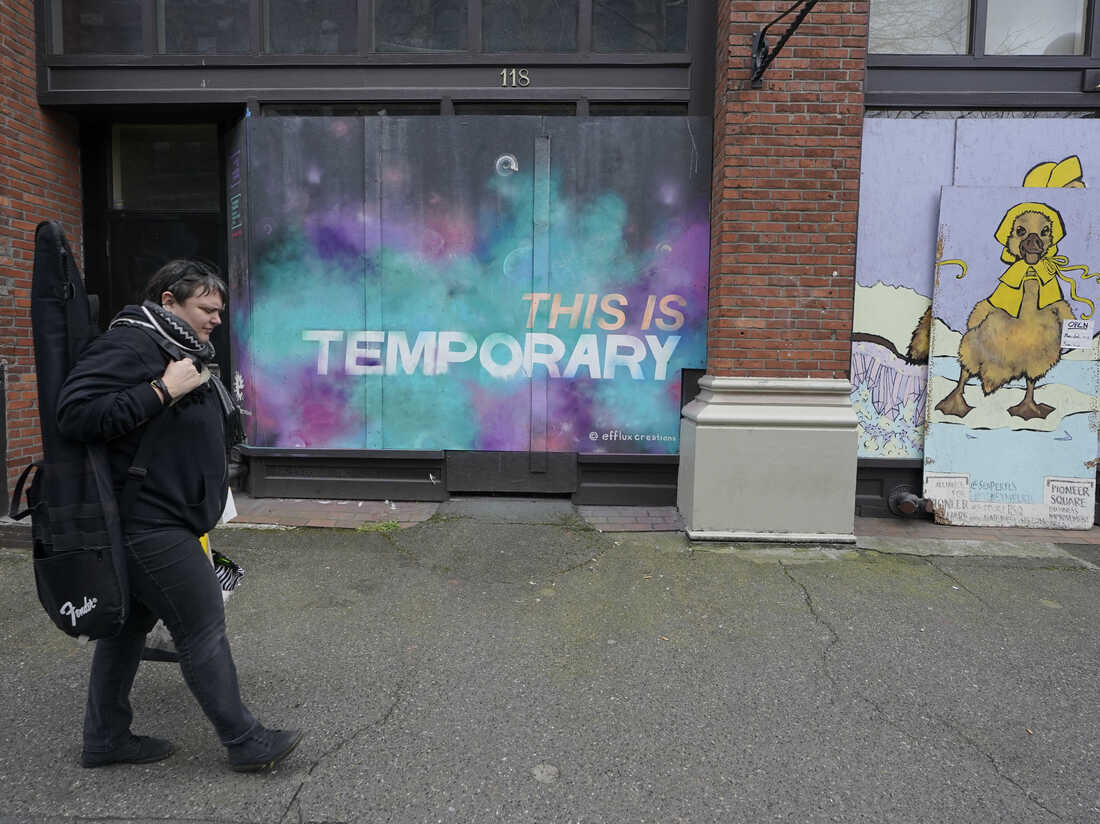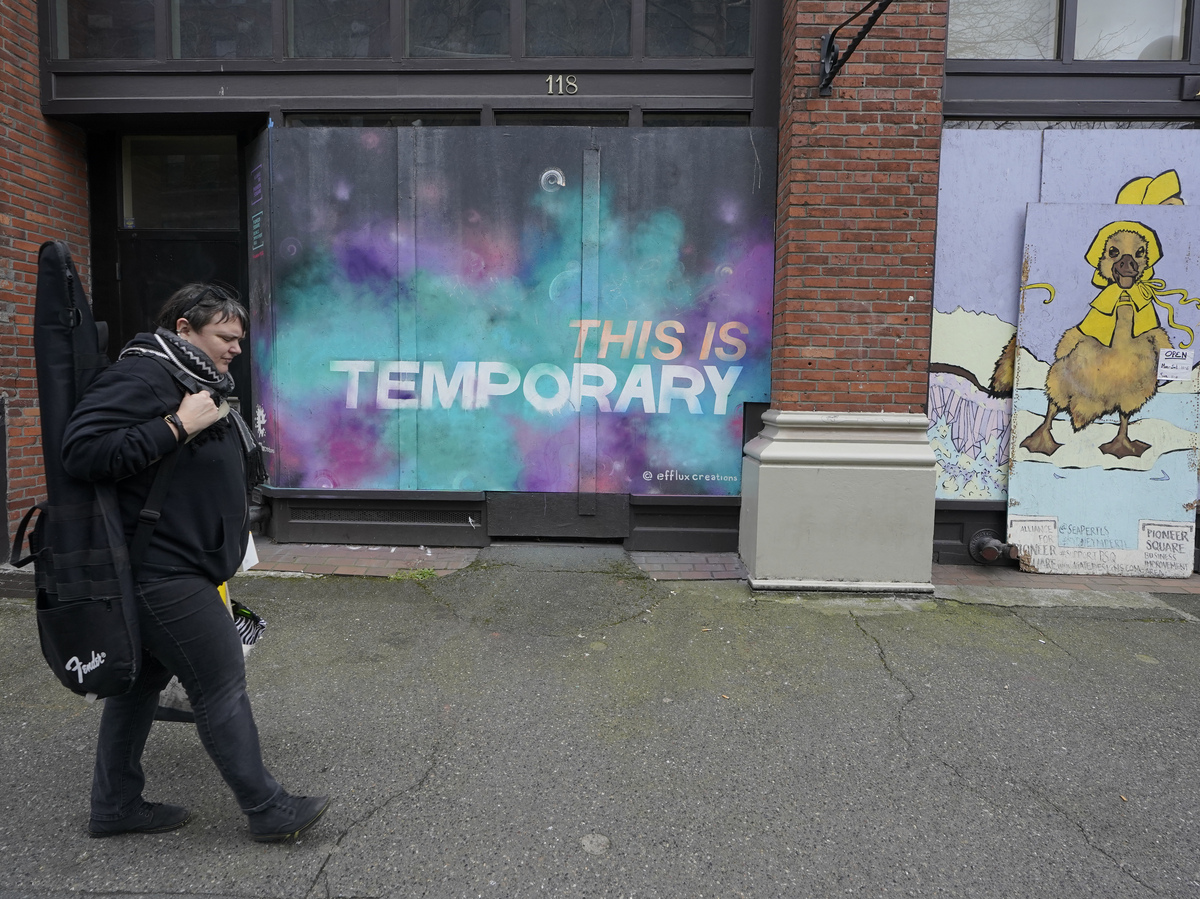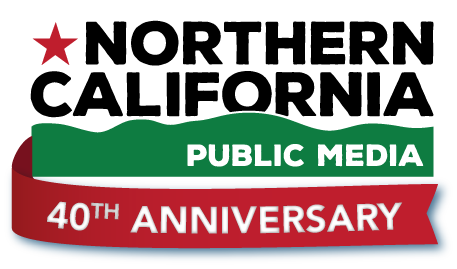
A person walks past a sign that reads "This is Temporary," Thursday, Feb. 17, 2022, in Seattle. The sign was one of many public art displays that sprung up in the city in early 2020 during the start of the COVID-19 pandemic. Ted S. Warren/AP hide caption

A person walks past a sign that reads "This is Temporary," Thursday, Feb. 17, 2022, in Seattle. The sign was one of many public art displays that sprung up in the city in early 2020 during the start of the COVID-19 pandemic.
Ted S. Warren/APAs winter begins to fade, COVID-19 maps are changing colors from those ominous dark shades to a more hopeful outlook. Infections are down dramatically in the past few weeks and death and hospitalization rates are dropping too. But there's also reason for caution.
NPR correspondent Rob Stein reports on a new version of the Omicron variant referred to as BA.2. It's been the dominant strain in some countries and it's showing up in the U.S. too.
And NPR correspondent Michaeleen Doucleff discusses whether a fourth booster dose of vaccine may be in our future.
Email us at
This episode was produced by Lee Hale. It was edited by Fatma Tanis with help from Scott Hensley and Roberta Rampton. Additional reporting from Tamara Keith. Our executive producer is Cara Tallo.

 Live Radio
Live Radio